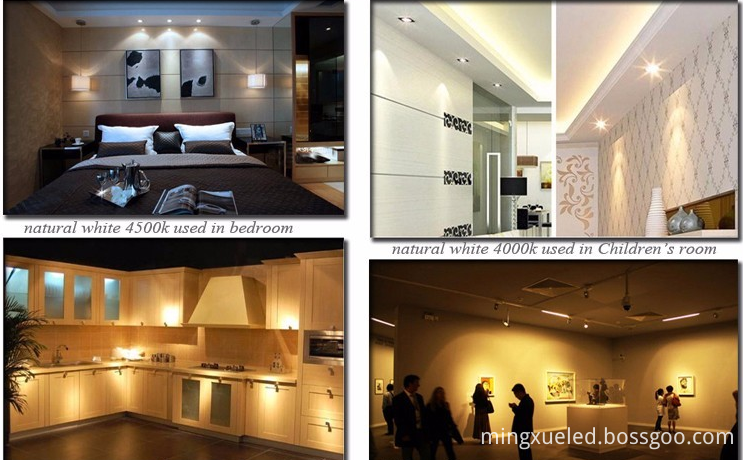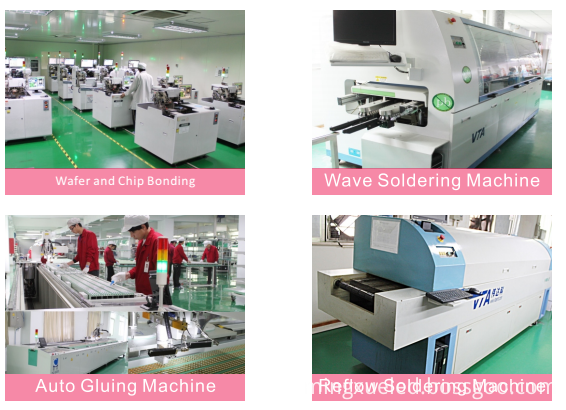In recent years, in addition to the popularity of portable devices and wearable devices, another new trend that has emerged in the past - the smart family, from the original situation of thunder and heavy rain, began to catch everyone's attention. At this year's Consumer Electronics Show (CES), many technology giants participated in the event and showed how to introduce and integrate digital audio and video content into real life. It is worth noting that hardware brand manufacturers have begun to pay attention to the integrity of content services. It is expected that under the integration of software and hardware, the industrial ecosystem will be more stable, and it will have a multiplier effect on the promotion of comprehensive effects.
According to market-oriented agency IDC, the smart home market is estimated to have a compound annual growth rate of 17.74% from 2013 to 2020. It is estimated that by 2020, it will be expected to see a market size of 51.77 billion US dollars. After the end of the CES, it is expected that there will be a significant growth in the smart home device market in 2014, including the telecom industry and cable operators' attitudes towards smart home application services are expected to turn positive. As a professional testing laboratory, we have cooperated with many related manufacturers to enter the smart home market. Therefore, we hope that through this article, we can briefly introduce the current state of the art, the key points that manufacturers need to pay attention to when developing products, and the future. Market direction.
There are many technologies on the market that are used in smart home appliances, such as Z-Wave, ZigBee, AllSeen, LightwaveRF, and InsteOn... each has its own advantages and disadvantages. In this article we will lock on three focus technologies:
â—Z-Wave
â—ZigBee
â—AllSeen
Table 1: Parameters and comparison of ZigBee, Z-Wave and AllSeen

As shown in Table 1, Z-wave and ZigBee are based on the technology developed on the radio frequency, belonging to the hardware architecture and protocol technology. Z-wave is a technology independently developed by Sigma Design, but it lacks international standards to rely on it. The application is only limited to home automation. Unlike ZigBee, it can be used in medical and security fields. ZigBee is a protocol built on IEEE 802.15.4 with a wide application level. Although both technologies are based on Wireless Sensor Networks (WSN), Z-wave is more focused on smart home applications; ZigBee has developed a number of protocols that are currently used in smart grids in addition to smart homes. On the smart building. Although both ZigBee and Z-Wave are connected in series with similar wireless network technologies, hundreds of products support the use of these two technologies. However, at this stage, there is a market phenomenon of multi-horse carriages, and there is no single technology phenomenon.
AR111 10w DIM Spotlight/AR111 Spot Light
10W LED AR111 10W details:
Model: YF-CL-AC-10W
Power: 10x1 W
Input: AC85-265V
Color temperature: 2700-8000K (cool white or warm white)
LED type: High Power LED
Lamp beads: 10pcs
Luminous flux: 1000lm
IP protection class: 60
Kit Material: Aluminum
Power Efficiency:> 0.95
Lighting efficiency:> 95%
Viewing angle: 120 °
Life:> 50,000 hours
Dimensions: 110x75
Weight: 0.29kg

Ar111 10W Dim Spotlight Other:
Warranty: Two years
Drive power: Taiwan's Wei-Ming, Redford, or other power supply with UL approval
LED light source: US Cree, Puri, Taiwan wafer (optional)
Packaging: neutral packaging or customer specified packaging Our packaging.

AR111 10w DIM Spotlight Applications:
Replace the traditional incandescent lamps, can be used in homes, offices, hotels, jewelry stores or other places need lighting.
Operating voltage 110V / 220V shell is made of high-grade aluminum manufacturing heat conductivity is high. Can accelerate heat dissipation acrylic optical lens
Irradiation angle of 120 °. AR111 10w DIM Spotlight Often life is 30000-50000 hours. Ambient temperature range of -40 ℃ -70 ℃ applications
At a predetermined ambient temperature range within the lamp brightness, color and other aspects to achieve the best results. Easy to install, customers can
Their needs for AR111 10w DIM Spotlight directly replace traditional spotlights.
Mingxue Optoelectronics Co.,Ltd. has apply the I S O 9 0 0 1: 2 0 0 8 international quality management system certificate, For AR111 10w DIM Spotlight we apply the CE, RoHS and SAA certificate for our led lighting product.


AR111 10w DIM Spotlight
Ar111 Dim Spotlight,Ar111 10W Dim Spotlight,Ce Ar111 Dimming Spotlight,Rohs Ar111 Dimming Spotlight
Shenzhen Mingxue Optoelectronics CO.,Ltd , https://www.led-lamp-china.com